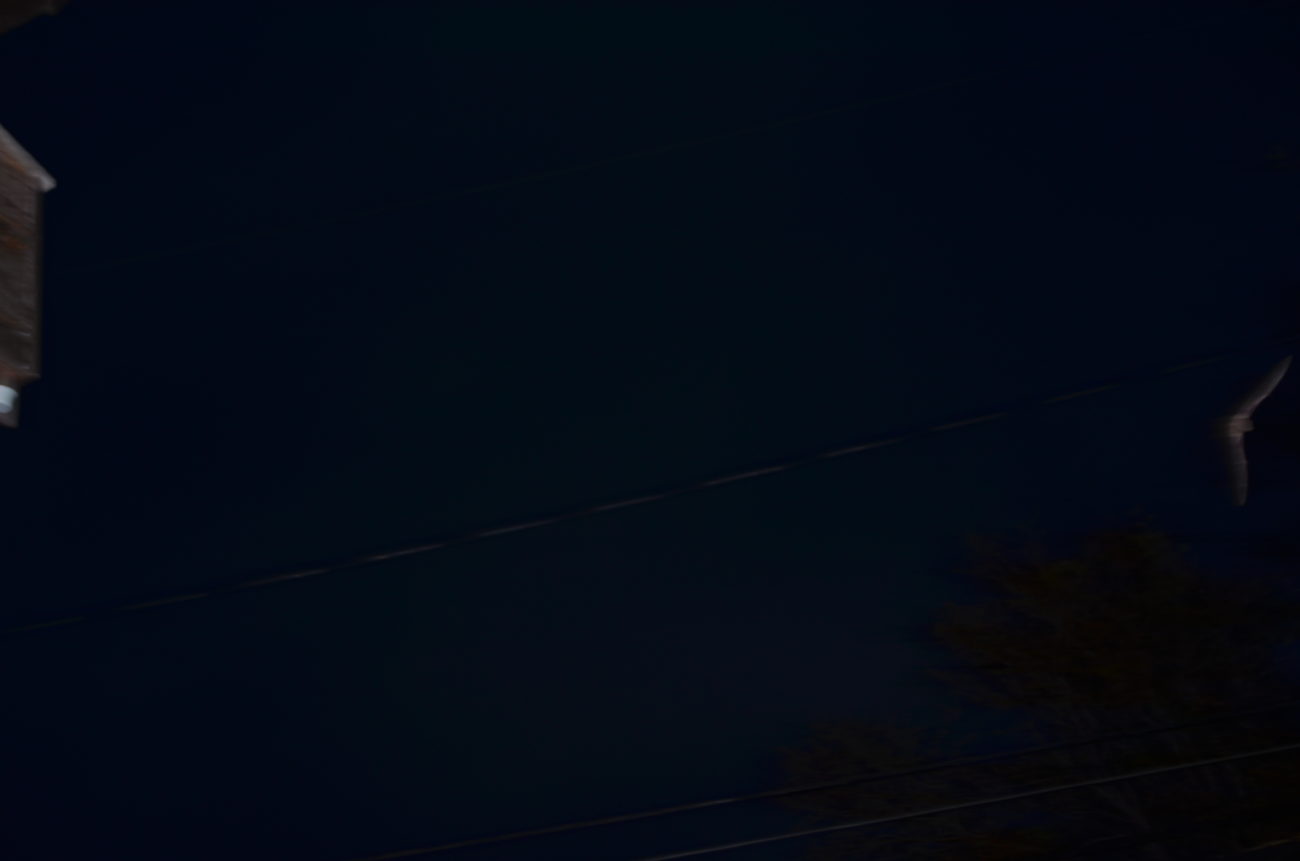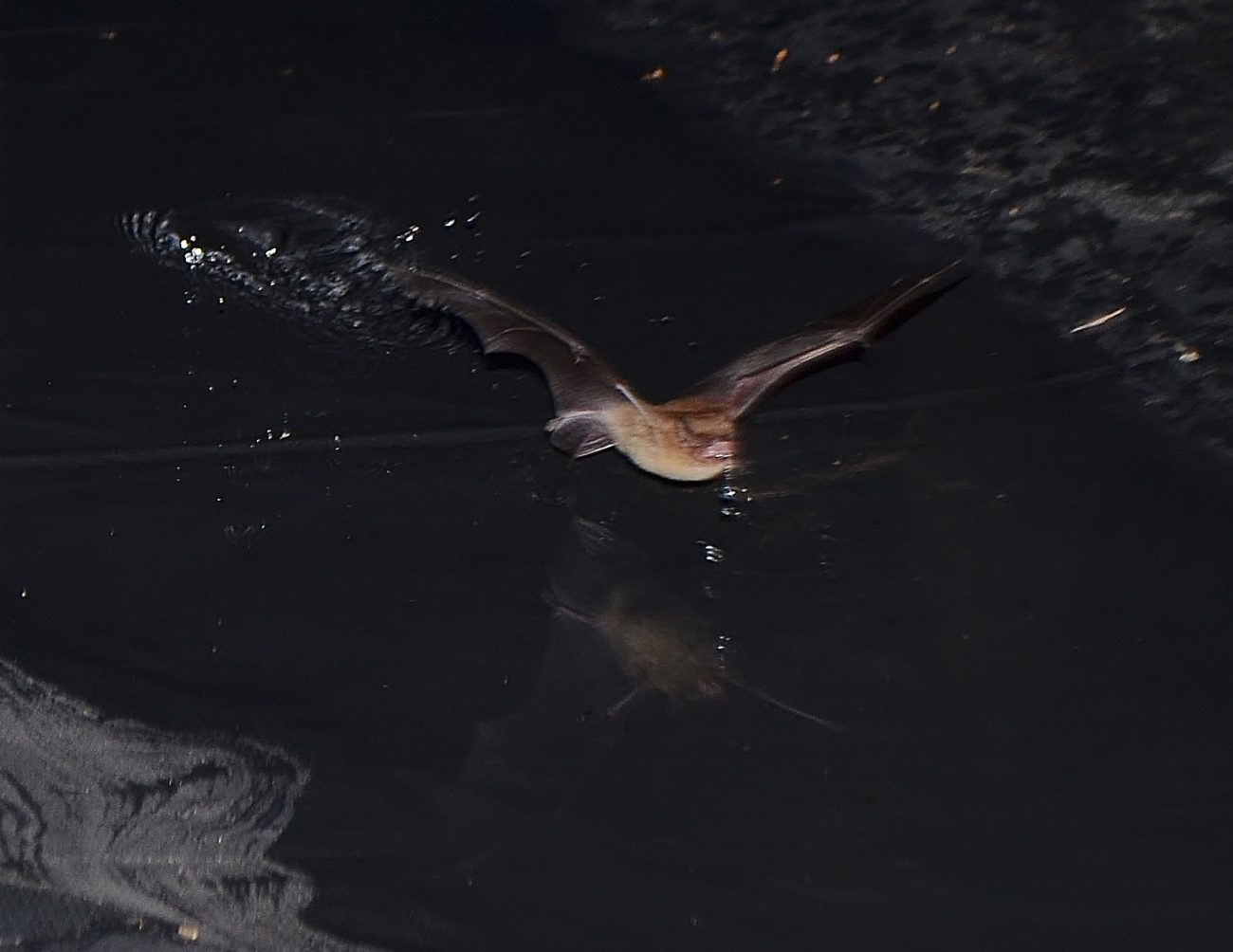The free-tailed bats are back in Austin!
Even with the Doppler radar out of commission, we know the free-tails are back because the phone’s been ringing off the hook all week! First-year pups returning from Mexico are ending up in unexpected places. This cutie was rescued from a downtown Austin office ceiling by Chantal. He’s fine, just in the wrong place at the wrong time. Check out those feet! He’s got whiskers between his toes and brushes on the sides.
Talk about bats getting in unexpected places, we even have some in our bat box! We thought it would never happen! This is the first time we’ve had bats since it was put up five years ago! They are super fast coming out of the box; this photo just barely caught one leaving.



 Win
Win